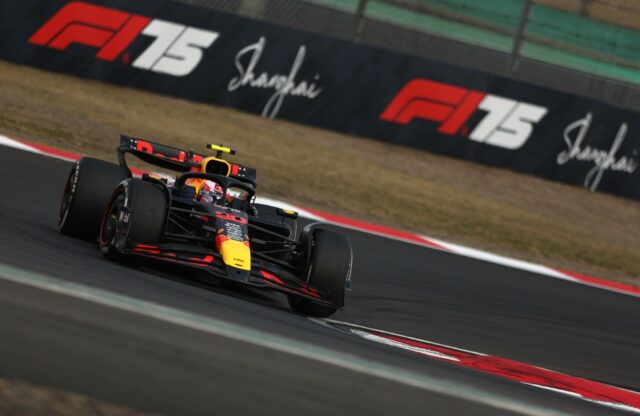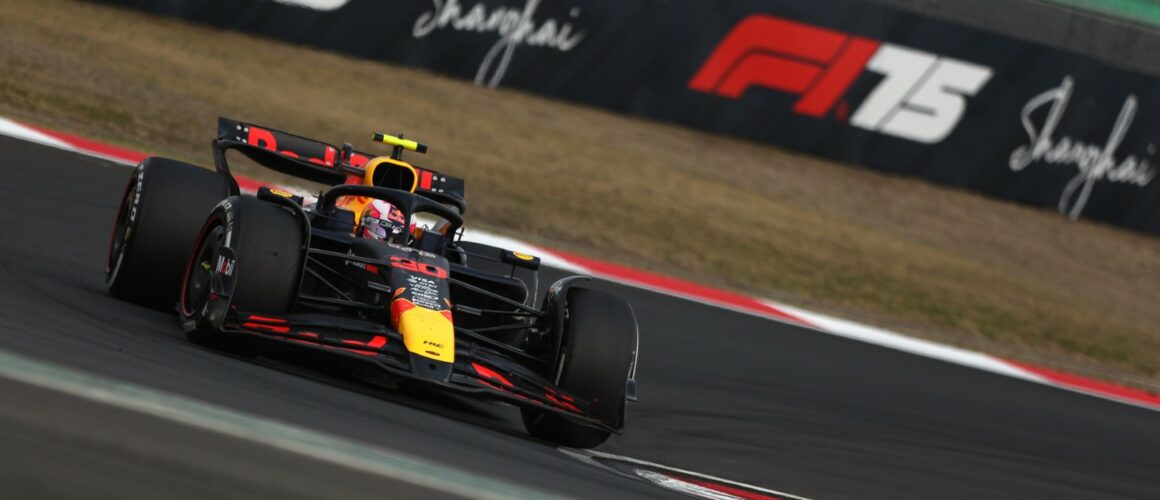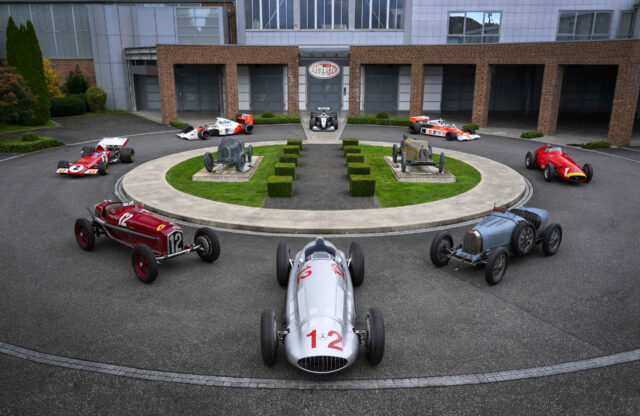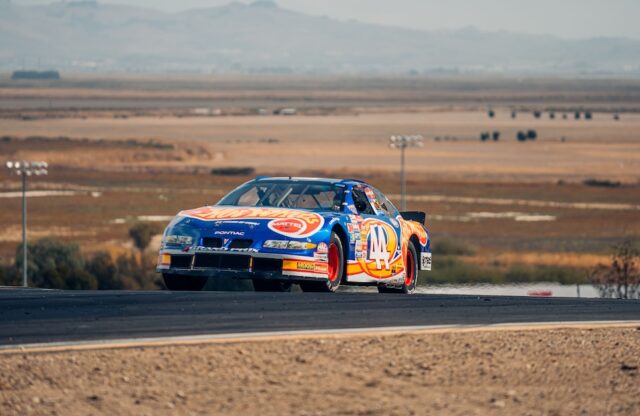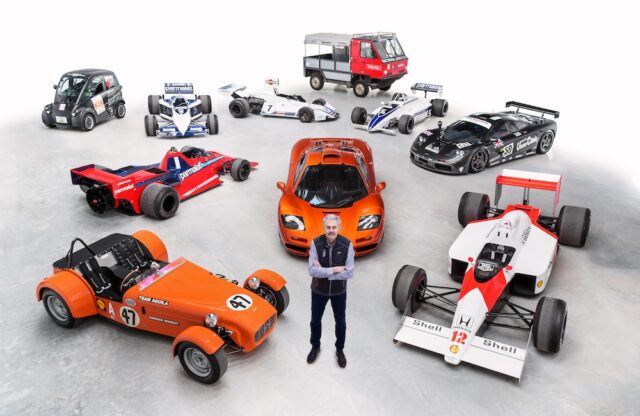Red Bull Racing has dominated headlines ahead of the 2025 Japanese Grand Prix, with the bombshell announcement that Liam Lawson will be replaced by Racing Bulls’ Yuki Tsunoda after just two challenging races as Max Verstappen’s team-mate.
The team’s decision to replace the 23-year-old Kiwi after only two events seems harsh – particularly because he is hardly the first driver to struggle as Verstappen’s team-mate. In fact, the challenges of being Red Bull’s second driver can be traced back to the 2019 season, when Pierre Gasly was brought in to replace Daniel Ricciardo after the latter’s move to Renault.
Gasly was demoted back to Red Bull’s junior team, then known as Toro Rosso, after just 12 races, with Alex Albon promoted to the senior squad for the remainder of the season. While Albon performed slightly better than Gasly, he too was replaced after the 2020 season by Sergio Pérez. Pérez partnered with Verstappen through each of the latter’s four Championship-winning campaigns before he too was axed following disappointing 2023 and 2024 seasons.
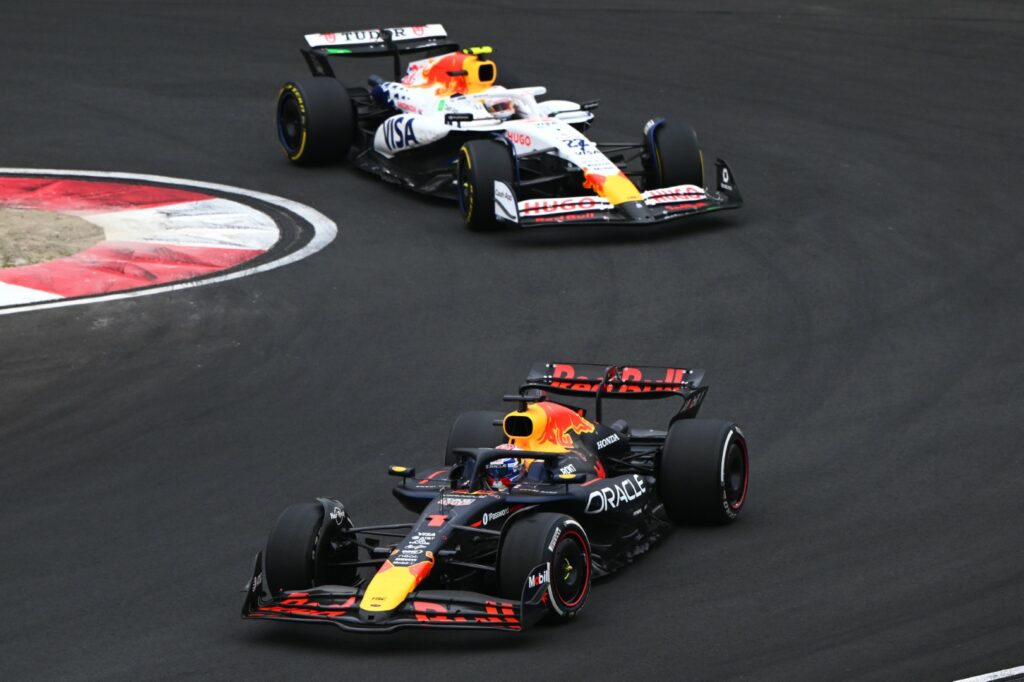
The irony is that Gasly and Albon – both products of Red Bull Racing’s junior programme – have since rebuilt their careers, proving their speed and consistency at rival teams. Meanwhile, Pérez, despite being one of the most experienced drivers on the grid, struggled to perform in Red Bull even though he had delivered solid results with previous teams.
This has led many F1 pundits and commentators to brand the second Red Bull seat as ‘cursed’ or a ‘poisoned chalice’. However, there must be a more rational explanation for why world-class drivers are struggling so badly in what is ostensibly one of the fastest and most coveted seats in Formula 1.
Happily, F1 is a uniquely technical and engineering-focused sport and, therefore, there are several explanations for why Red Bull has struggled for a reliable second driver while dominant teams of the past, such as Mercedes-AMG in the 2010s and Scuderia Ferrari in the 2000s, enjoyed relatively stable driver line-ups.
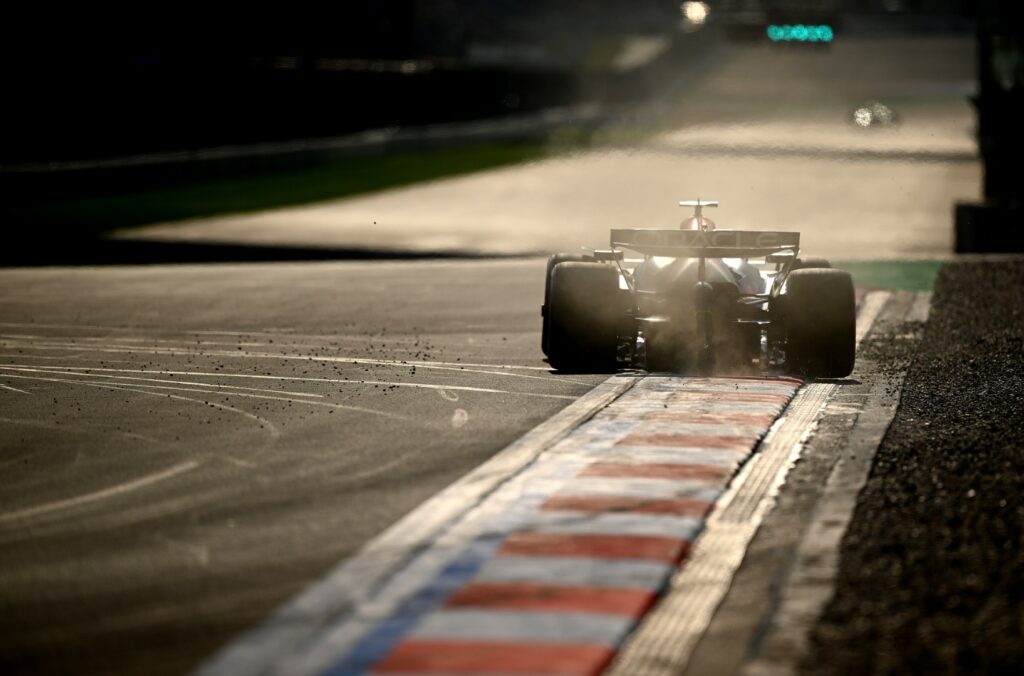
“It’s definitely down to car characteristics,” F1 technical journalist and engineer Craig Scarborough told Magneto. “But it’s important to dispel some myths about the car being designed around Max,” he continued.
“When designing an F1 car, the engineers aren’t thinking about how it will suit a specific driver. Their goal is simply to find the quickest way to get the car around the track – but they do factor in the fact that drivers are human, as well as other variables such as bumps and curbs, to try and keep the car stable. Still, they try to keep that sensitivity window as small as possible.”
In other words, Verstappen’s extraordinary ability to handle an unstable car has driven Red Bull to develop a machine that is fast but difficult for most other drivers, who struggle with its unpredictability.
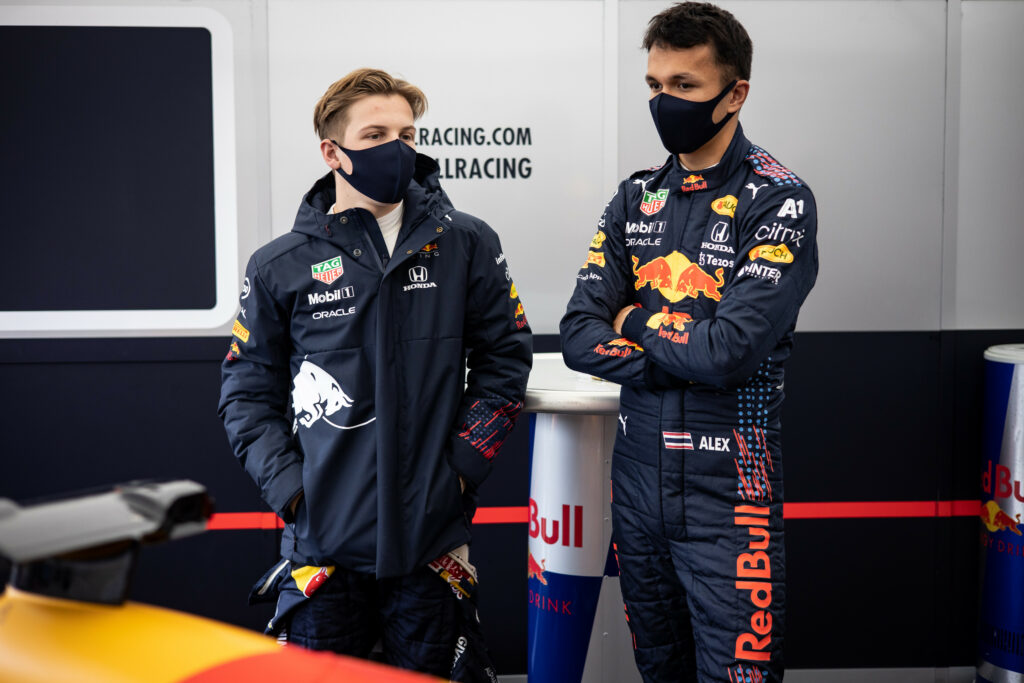
Craig’s point is backed up by Alex Albon during his appearance in Jake Humphrey’s and Damian Hughes’ High Performance podcast:
“A lot of people say that the car is built around Max… but truthfully, the car is what it is. Max is very quick, and he has a very unique driving style, which isn’t easy to adapt to. My style is a bit smoother; I like a car with a good front end, sharp and direct. Max likes that, too, but his level of sharpness is on another level – it’s eye-wateringly sharp,” Albon said.
“To give people a sense of what that feels like, imagine playing a computer game and you crank up the mouse sensitivity to the maximum. You move the mouse, and it darts across the screen uncontrollably – that’s what it feels like. It becomes so sharp that it makes you tense.
“What happens is that you start off not too far behind. As the season goes on, Max wants that front end of the car to be sharper, and as the car becomes sharper, he gets faster. To keep up, you have to take more risks. You might be a couple of tenths behind in one session, so you push a little harder – then you crash. Now you’ve lost some confidence and it takes time to rebuild it.”
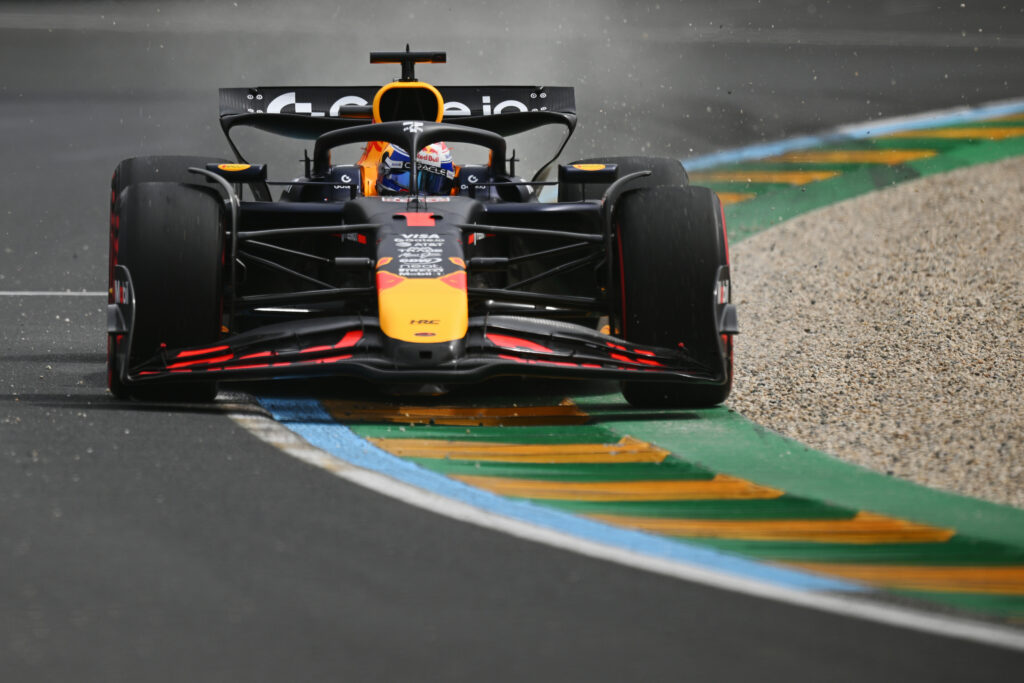
So, from a technical perspective, the Red Bull has been developed with an exceptionally sharp front end, because engineers have chased lap times by catering to Verstappen’s driving style at the expense of driveability and a wider set-up window. The result is that now even Verstappen is complaining about the car’s driveability, repeatedly suggesting that Red Bull’s issues stem more from its cars’ recalcitrance than from the speed of its second driver.
“F1 cars don’t struggle with acceleration or braking. What they struggle with is getting into the corner,” Craig Scarborough continued. “It’s all about the turning phase – coming off the brakes and hitting the apex. A car needs a strong front end and a relatively light rear so that it can rotate well. Every team aims for this, but with the current regulations, suspension has been simplified, and most of the downforce now comes from the floor. The floor is very sensitive, so getting the suspension and floor working together consistently is challenging.”
Red Bull excelled at getting its suspension working with the ground-effects aero rules early in the regulation cycle, but it began to encounter some misunderstandings in how it was getting the car to work during the 2024 season, when Red Bull suffered a mid-season slump and a resurgent McLaren began to fight for both the Drivers’ and Constructors’ Championships.
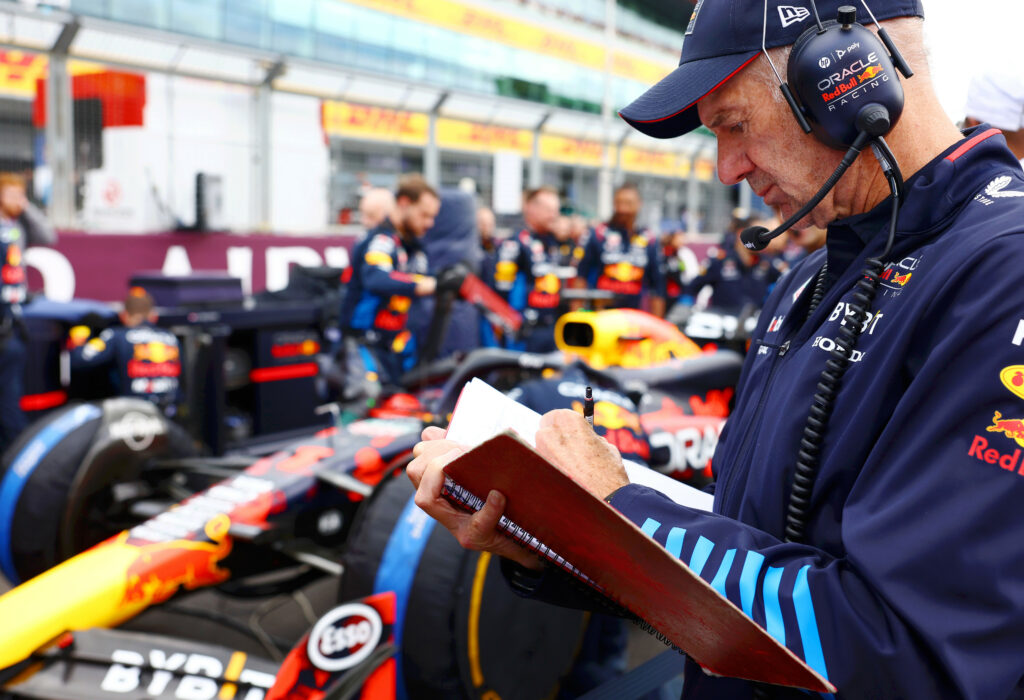
“They realised mid-season that the wind-tunnel data wasn’t correlating with what was happening on-track, particularly with how the suspension interacted with the underfloor and track surfaces. This made the car very sensitive, especially on corner entry. Max prefers a strong front end and doesn’t like a loose rear – but he can handle it better than most,” Craig explained.
“With these cars, if you set the car up to be more benign at corner entry, the driver gains confidence, but that set-up comes at the expense of performance. We’ve seen this with second drivers at Red Bull, such as Pérez, who struggle to extract the laptime because the car’s balance isn’t right for their driving style.”
He continued: “It’s baffling, to be honest. Red Bull clearly knows about the car’s traits – they’re not idiots. If the set-up can’t be adjusted, then they should be looking for a driver who can handle the car’s quirks. And it’s not a case of the second driver failing as a race car driver – it’s more about the car’s nuances and how certain drivers adapt to them.”
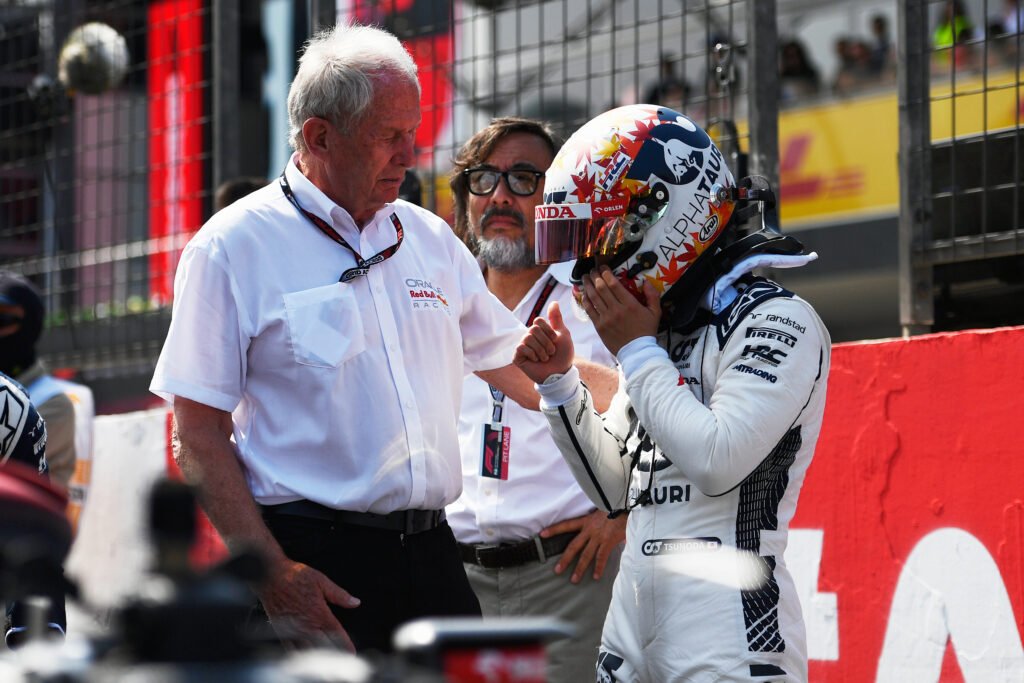
Which begs the question: Is Yuki Tsunoda the man who can tame the Red Bull, despite being overlooked for the likes of Ricciardo and Lawson in 2024? “Yuki is a more aggressive driver than Liam, but whether he’ll be able to handle the Red Bull’s characteristics is an open question,” Craig surmised.
“A few years ago, Yuki was all rush – aggressive driving and mentality. He’s matured since, but as we saw in the Chinese Grand Prix, he still shows some of that immaturity. I also think he’s plateaued in terms of his skill, whereas Liam’s curve was still going up. Yuki might cope with the car better, but I’m not sure he’d fit the Red Bull environment – it’s a tough atmosphere.”
Time will tell if Tsunoda is up to the challenge, but for now, the stakes couldn’t be higher. Not only must he quickly forge relationships with his new engineers and adapt to a car he’s never driven, but he must also do it at his home race. Japan hasn’t had a driver in a top team since Takuma Sato was with BAR Honda in 2005 – although that was not a team competing for the Championship.

“It’ll be interesting to see, but I think the second seat in Red Bull is always a tough challenge, especially with Max in the team. But perhaps the second seat isn’t a priority for them, and they believe it’s more beneficial to have drivers that won’t be taking points off Max so that he can focus on the Driver’s Championship, which gets all the plaudits. After all, if you’re lower down in the Constructors’, you get more wind-tunnel time,” Craig concluded.
We won’t have to wait long for answers – the Japanese Grand Prix gets underway on March 4-6, 2025. If history is anything to go by, however, the odds certainly aren’t stacked in Tsunoda’s favour.
